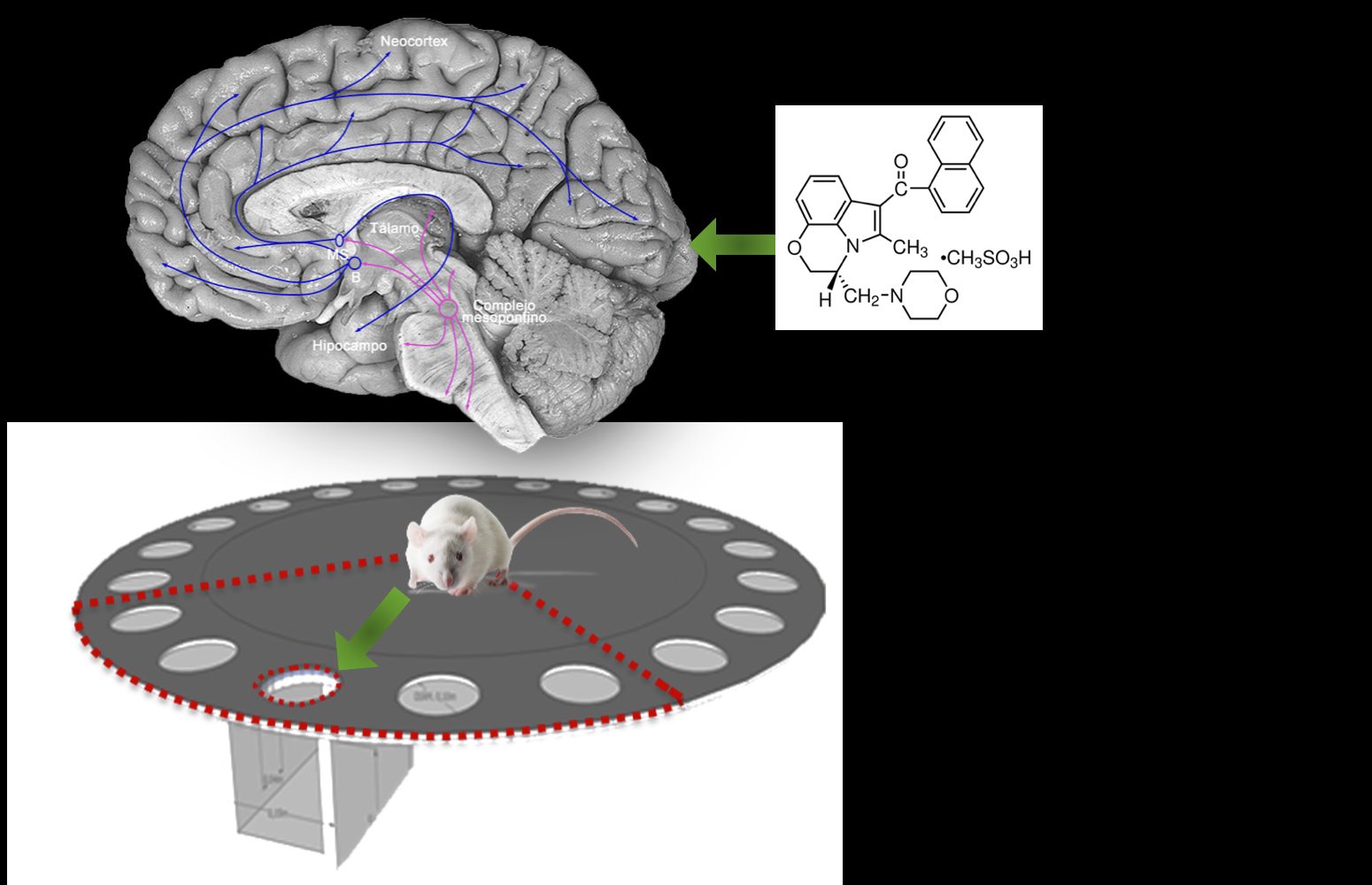A study by the UPV/EHU offers a new appraisal of a decorated ulna from a northern gannet found in 1966 during the exploration of the Torre cave archaeological site in Gipuzkoa. The new technological and stylistic analysis provides greater precision of the engravings on one of the few remains with peri-cylindrical decoration on the Iberian Peninsula that displays a complex combination of motifs; it also reveals some previously undetected ones.
Re-appraisal of a piece of portable art of Gipuzkoa
A study by the University of the Basque Country (UPV/EHU) makes a new technological appraisal of a northern gannet bone that displays complex peri-cylindrical decoration
- Research
First publication date: 24/05/2023

The 'Journal of Palaeolithic Archaeology' has just published the article 'Revaluation of the Portable Art of Northern Iberia: a Magdalenian Decorated Bone Tube from Torre', whose lead author is Asier Erostarbe-Tome, a PhD student in the UPV/EHU’s Department of Geography, Prehistory and Archaeology. A study offers a fresh appraisal of a decorated ulna from a northern gannet (Morus bassanus) found in 1966 during the exploration of the Torre cave archaeological site in Gipuzkoa.
Unlike what has been done so far in the bone industry in which typological studies prevailed, technological studies allow the operational chain to be reconstituted, i.e. from the time the hunter-gatherers acquired the raw material, its transformation, to its repair or discarding. In this way, sense is made of the series of materials studied in order to gain a better understanding of the technocomplex that marked the end of the Upper Palaeolithic and, in turn, to open up new avenues of research in this field.
“In the case of the Torre tube, given the exceptional nature of the piece, I thought it was important to make it known by re-appraising the object from a technological point of view, as it is currently one of the most complete specimens from the entire Iberian Peninsula,” as Asier Erostarbe highlighted. Objects of this type, i.e. tubes, mainly appear from the Solutrean period onwards on the Iberian Peninsula, although most of them belong to the Magdalenian, just like the Torre tube.
The piece is one of the few objects of portable art with a peri-cylindrical decoration featuring a complex combination of motifs. It is profusely decorated with figurative representations (deer, horse, ibex, chamois, auroch and an anthropomorph) and signs (simple lines, parallel lines, zigzags, etc.) arranged in two bands oriented in the opposite direction. Furthermore, when compared with the fauna consumed by human groups at that time, it can be seen that not only favourite game animals (such as deer or mountain goat) were engraved on the tube, but also animals that were consumed less frequently (horse, auroch or chamois).
“With the new technology available, our study has made it possible to achieve greater precision in the engravings, as well as to discover some hitherto undetected ones. The depictions follow a similar pattern in all cases. The outlines of the figures and signs were firstly traced, and a lithic tool was used several times to make deep grooves. Decorations consisting of short lines and/or notches were made later, and it is sometimes seen that the bone was turned over to make them. The artist possessed great cognitive ability, an aesthetic appreciation of visual regularity and a lateralisation of motor functions. Furthermore, by analysing the engravings, we have observed similarities in the process, especially of the engraved animals, with other Magdalenian sites on the Cantabrian Coast and in the Pyrenees, which corroborates exchanges of technical and iconographic behaviour,” said the researcher.
The functionality of these objects remains a matter for debate, since various functionalities have been attributed to them: airbrushes, whistles, needle containers, beads in the process of being made, ochre containers, ritual objects, etc. As there are only a small number of specimens in the world, it is very difficult to attribute a single function to them and they may have served as multifunctional objects. “In our study of the tube we have not detected any evidence of its purpose, and the traceological analyses have not been able to go any further in that direction. So, the true function of the Torre tube for the hunter-gatherers who inhabited the cave remains an enigma,” he concluded.
Additional information
The publication of the article on the Torre tube is part of Asier Erostarbe-Tome's PhD thesis, entitled ‘Actualización del conocimiento sobre el Magdaleniense en la cornisa cantábrica: la contribución del análisis tecnológico de las materias duras animales’ (Updating knowledge about the Magdalenian period on the Cantabrian coast: the contribution of the technological analysis of hard animal matter). In it, he conducted a technological study of the bone industry of several sites in the Basque Country, such as Ekain, Santimamiñe and Erralla. The aim of the research was to characterise the technical processes and to identify the technological strategies brought into play in the exploitation of hard animal materials (bone, antler, shell, etc.). The thesis supervisors are Álvaro Arrizabalaga and José Miguel Tejero.
Bibliographic reference
- Revaluation of the Portable Art of Northern Iberia: a Magdalenian Decorated Bone Tube from Torre (Basque Country, Spain)
- Journal of Paleolithic Archaeology volume 6, Article number: 13 (2023)
- DOI: 10.1007/s41982-023-00143-1






